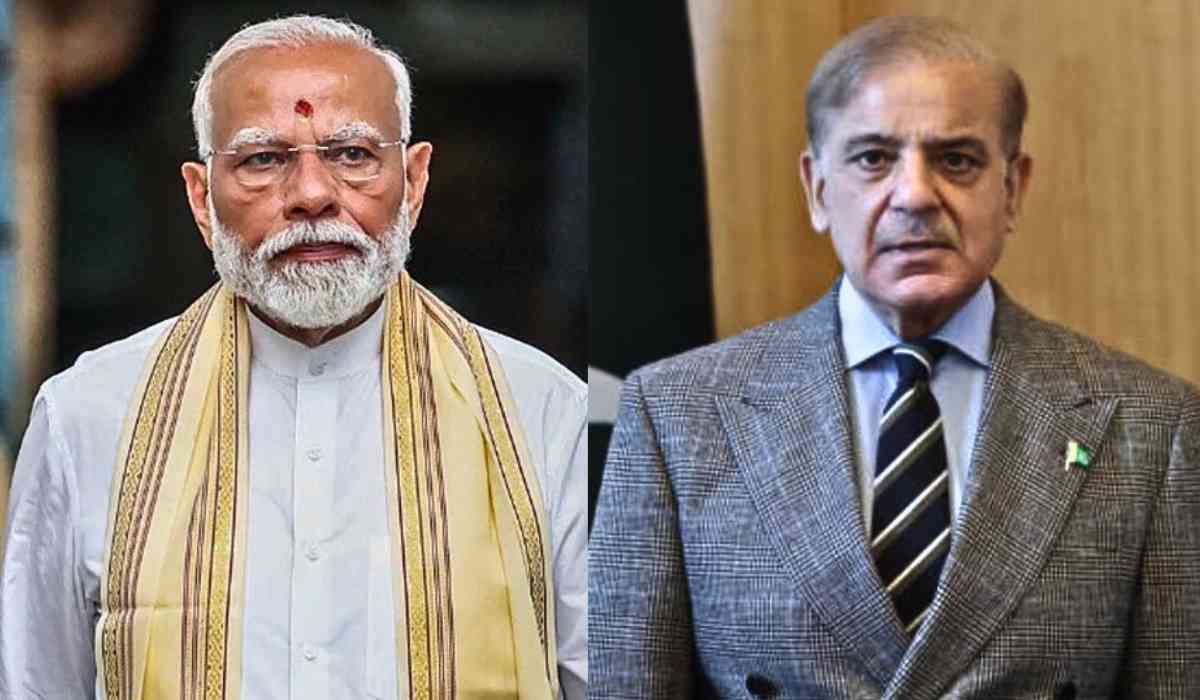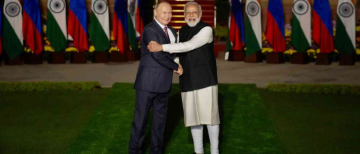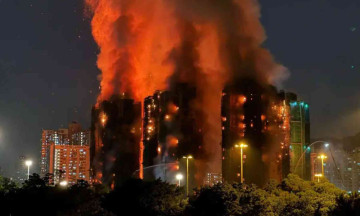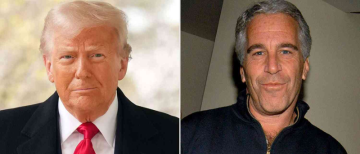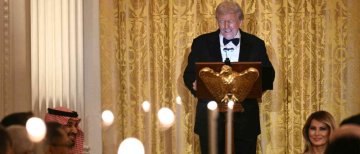The ceasefire between India and Pakistan, two neighboring countries that have often found themselves at odds, has been extended until May 18. This decision comes after a period of heightened tensions and recent military clashes along the border, but now both sides are taking steps to calm the situation and avoid further conflict.
What Happened Before the Ceasefire?

The current situation began after a tragic terror attack in Pahalgam, Jammu and Kashmir, on April 22, which killed 26 people. In response, India launched "Operation Sindoor" on the night of May 7 and 8, targeting terror bases in Pakistan and Pakistan-Occupied Kashmir. Pakistan then launched drone and missile strikes against Indian military bases and civilian areas near the border. For four days, both sides exchanged fire, raising fears of a larger conflict.
How Did the Ceasefire Come About?
After intense fighting, the Director Generals of Military Operations (DGMOs) from both countries spoke on May 10 and agreed to stop all military actions on land, sea, and air. This agreement was meant to give both sides a chance to step back, reduce military alertness, and start building trust again.
Since then, the ceasefire has been extended several times, with the latest extension pushing the deadline to May 18. The DGMOs are expected to meet again soon to review the situation and discuss the next steps.
What Are Confidence-Building Measures?

Both India and Pakistan have agreed to continue "confidence-building measures." This means they are taking actions to reduce the risk of accidental clashes or misunderstandings. For example, both sides are working to lower the number of troops near the border and avoid any aggressive moves. The Indian Army has said it will not fire a single shot or start any hostile action as long as the ceasefire holds.
What Are Leaders Saying?
Pakistan's Deputy Prime Minister Ishaq Dar told his parliament that Pakistan would not violate the truce and hoped it would lead to a broader dialogue. Pakistan’s Prime Minister Shehbaz Sharif also expressed readiness for peace talks, though he emphasized that any talks should address the Kashmir issue.
On the Indian side, officials have made it clear that while the ceasefire is a positive step, it does not mean that India will drop its diplomatic measures against Pakistan. For now, India is only engaging with Pakistan at the military level, specifically through the DGMOs, and is not discussing other issues like the Indus Waters Treaty or Kashmir.
Why Is This Ceasefire Important?

The extension of the ceasefire is significant for several reasons:
-
Safety for Civilians: People living near the border often suffer the most during clashes, with homes damaged and lives lost. A ceasefire helps protect them and allows daily life to return to normal.
-
Preventing War: Both India and Pakistan have large armies and nuclear weapons. Even small clashes can quickly become dangerous for the whole region. The ceasefire reduces the risk of a bigger conflict.
-
Building Trust: By talking directly and agreeing to avoid violence, both countries show they can work together, even if they have big disagreements.
What Could Happen Next?
The current ceasefire is set to last until May 18, but what happens after that is uncertain. The DGMOs will meet again to review the situation. If both sides continue to cooperate, the ceasefire could be extended further, or even lead to more talks about solving bigger issues between the two countries.
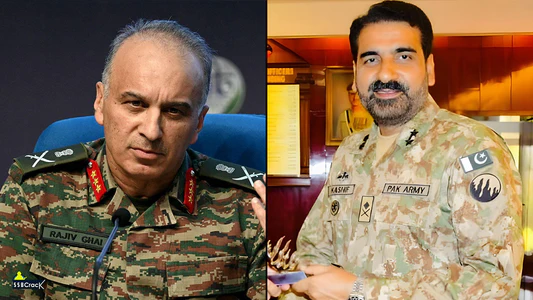
However, the situation remains fragile. Past ceasefires have sometimes been broken by new attacks or misunderstandings. Both governments will need to keep talking and avoid actions that could lead to new fighting.
It’s clear that both India and Pakistan have reasons to be cautious. Each side wants to protect its people and interests. While recent events have shown how quickly tensions can rise, the willingness to extend the ceasefire and discuss confidence-building measures is a hopeful sign.
For ordinary people on both sides of the border, peace is always better than conflict. The coming days will show whether leaders can turn this pause in fighting into a longer-lasting peace.
The world will be watching as India and Pakistan decide their next steps. For now, the ceasefire brings a much-needed break from violence and a chance for both countries to choose dialogue over danger.
With inputs from agencies
Image Source: Multiple agencies
© Copyright 2025. All Rights Reserved Powered by Vygr Media.

